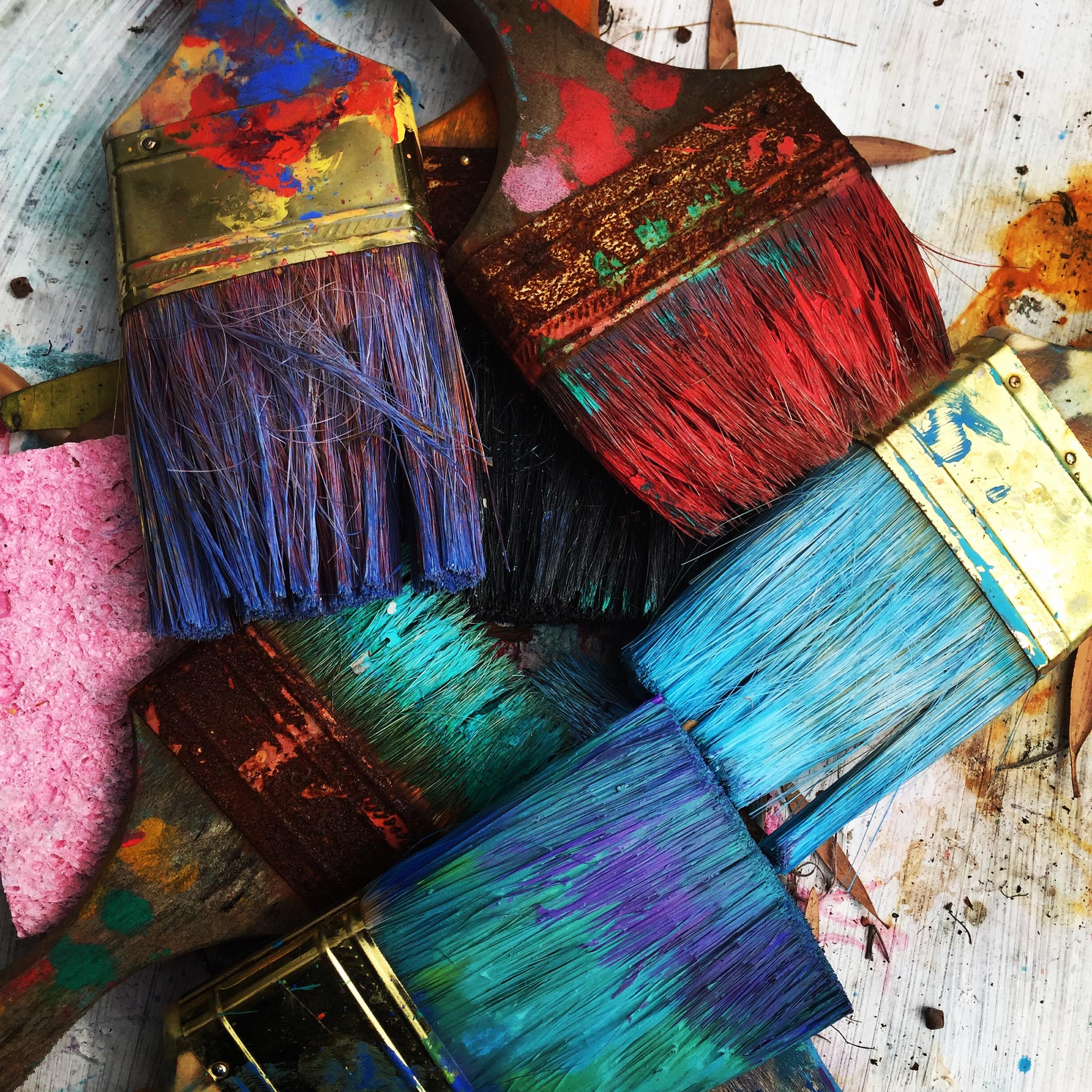VCE Visual Arts
Creating Futures Together

VCE Visual Arts
Creating Futures Together
It is recommended that students have successfully completed at least one of the following subjects: Year 9/10 Art, Year 9/10 Visual Communication and Design, Ceramics, Photography or Media.
Units 1, 2, 3 & 4
Course Description:
VCE Art Creative Practice, introduces the role of art in contemporary and historical cultures and societies, and values the meaningful and unique impact of artists on the development of arts knowledge, tradition and experiences, both locally and globally. Students build an understanding of how artists, through their practice and the artworks they create, communicate personal experiences and ideas, and cultural values, beliefs and viewpoints. Throughout the study of VCE Art Creative Practice, students have opportunities to construct knowledge and communicate personal interpretations by working as both artist and viewer or audience. In making artworks, students use their creativity to solve problems and experiment with visual language and expression. They create personal responses and meaning by applying diverse materials, techniques and art processes. Students develop skills in research, art history and critical theory to analyse, interpret and debate the ideas and issues that are raised by artworks and by artists in their practice. VCE Art Creative Practice uses inquiry through art practice to develop students’ critical and creative thinking skills and individual responses through researching, exploring, experimenting, developing, reflecting, refining and resolving. Through Making and Responding, and through the presentation of artworks in different contexts, students understand and appreciate the role of visual art in past and present traditions, societies and cultures
The themes covered in each unit are:
Assessment:
This course uses the following forms of assessment:
Expected Skills:
The students must be able to demonstrate and ability to use art media and techniques, research skills and the ability to interpret and compare artworks. This includes:
Special Course Commitments:
Art gallery excursions and extra-curricular folio classes.
View Powerpoint Presentation here:
Successful completion of Year 9/10 Visual Communication and Design elective is recommended.
Units 1, 2, 3 & 4
Course Description:
This study enables students to develop and apply drawing skills using a range of techniques to make their design thinking visible. Students develop a wide range of skills in selecting and applying media, materials, and manual and digital methods to suit design purposes, whilst following a design process to create visual communications. Students will complete a series of theoretical components to develop their understanding of how key visual communication design elements, design principles, media, materials, and manual and digital methods contribute to the creation of their own and existing designers' visual language. They will develop a capacity to undertake ongoing design thinking while conceiving, communicating and presenting ideas. These ideas will be supported through an understanding of how historical, social, cultural, environmental, legal, ethical and contemporary factors influence visual communications.
Assessment:
The course uses the following assessment methods:
Expected Skills:
The student must be able to:
Special Course Commitments:
Folio work will require preparatory work outside of the classroom. External excursions are also required to obtain observations of industry practices.
View Powerpoint Presentation here: